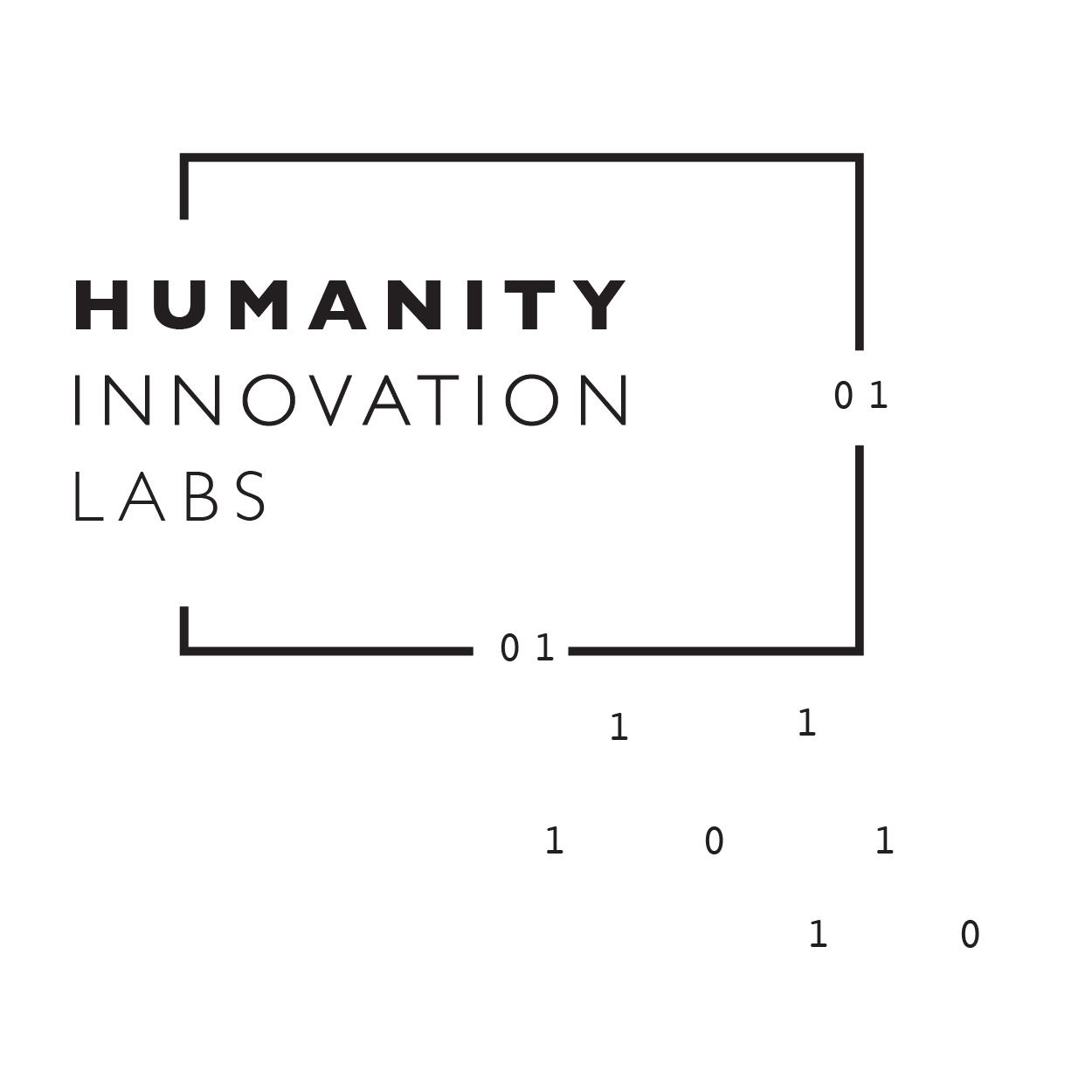
At Humanity Innovation Labs™, we turn complex challenges into breakthrough solutions.
Transforming Ideas into Impactful Solutions
For over 23 years, we’ve partnered with startups, Fortune 500s, academia, and government to transform bold ideas into over a 100 innovative digital applications and physical products. Our work spans over 75 hardware technologies and 25+ custom software tools—impacting over 100,000 users and informed by insights from 7,000+ research participants.
Driving Innovation Across Industrial, Automotive, and Manufacturing Sectors
We serve high-impact sectors—including semiconductors, advanced manufacturing, autonomous systems, energy, health, IoE, and finance—where innovation, safety, and efficiency are vital. Through integrated user research, UX/UI, product and industrial design, and deep R+D methods, we create user-centered technology solutions for complex challenges like automation, predictive maintenance, and AI-driven systems. Our cross-industry expertise empowers teams to visualize, scale, and launch transformative innovations with confidence.
Trusted by Industry Leaders to Deliver Results
We’ve partnered with teams at Intel, Samsung, Daimler Truck, and more—co-creating innovation processes, products, and services with teams as large as 500. Our strength lies in collaboration. We move fast, think long-term, and deliver with purpose. When you work with us, you gain a dedicated partner invested in your vision and ready to help build what’s next—together.
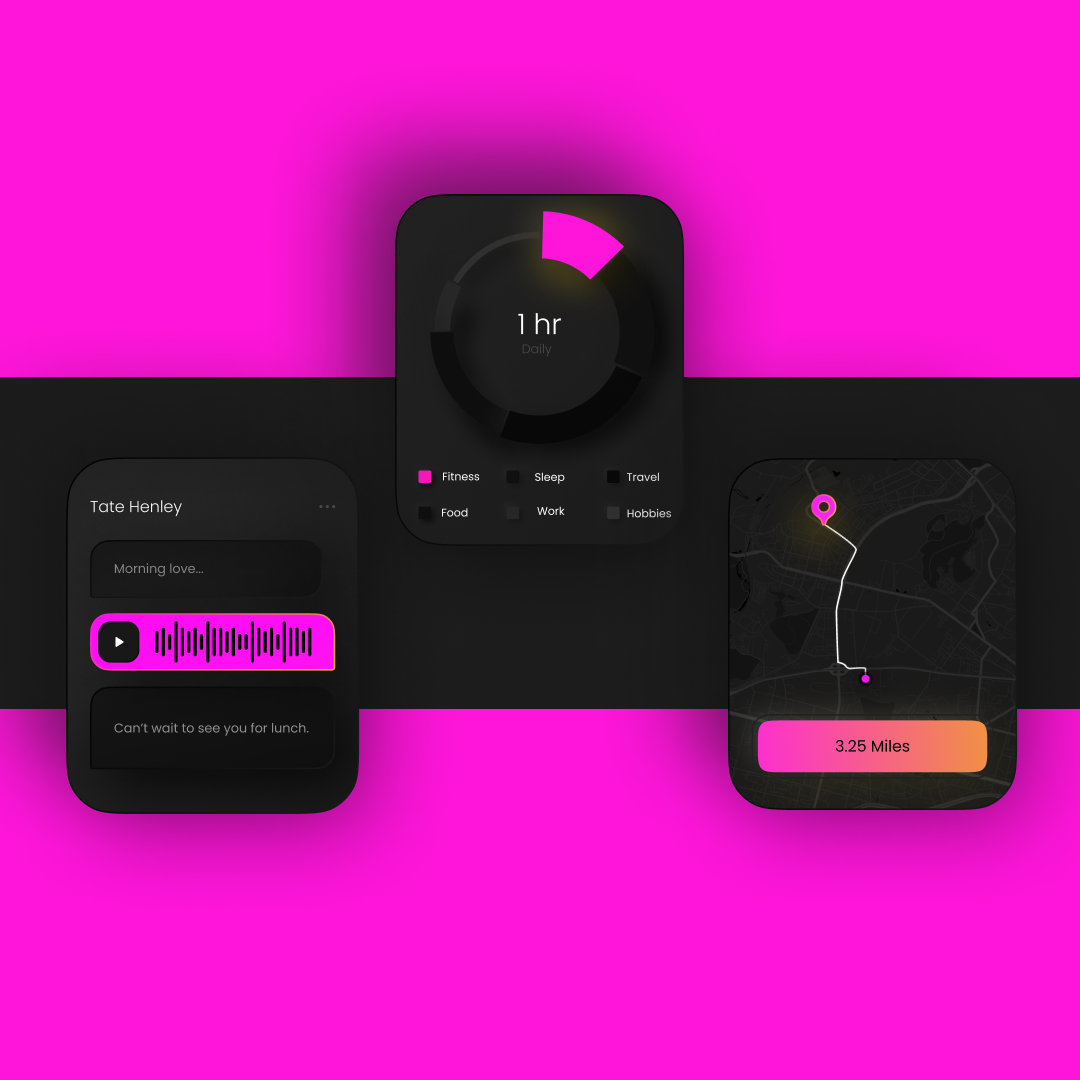


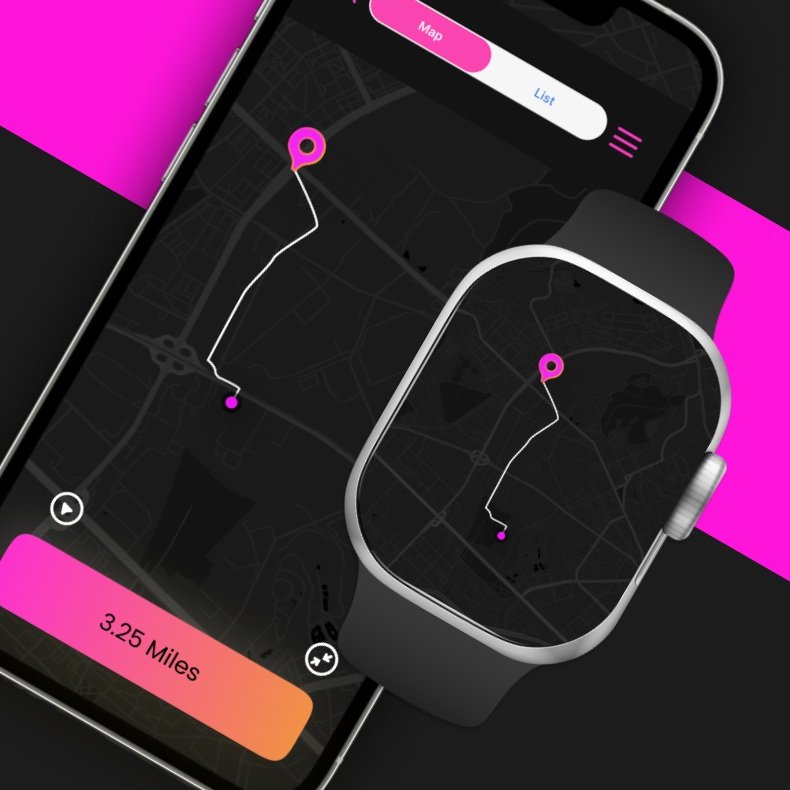




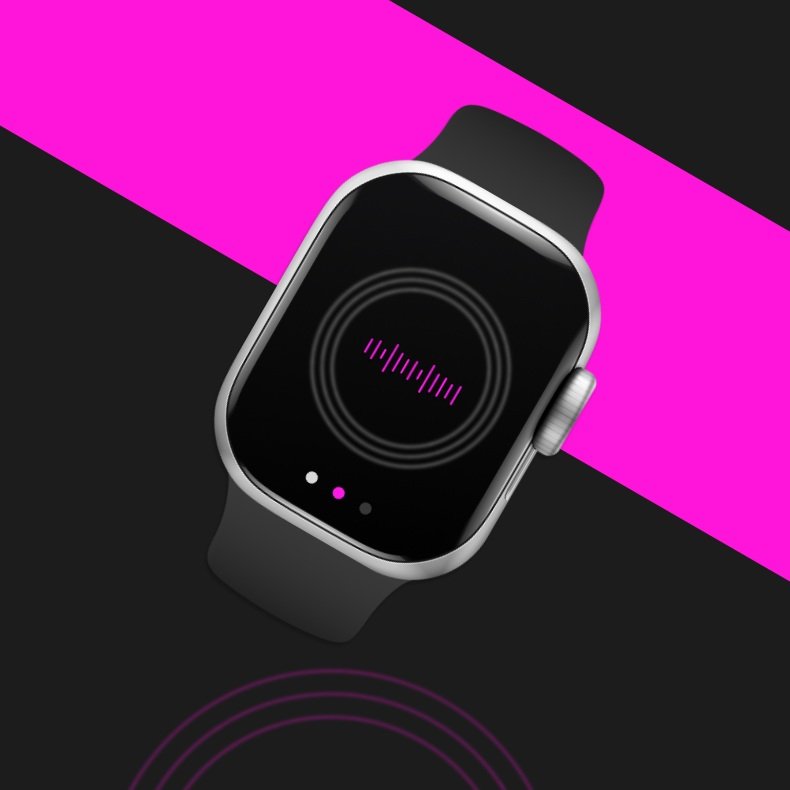
Humanity Innovation Labs™ is a strategic innovation partner helping B2B enterprises transform bold ideas into market-ready IoT and edge computing solutions. We combine deep user research, seamless UX/UI, and visionary product and industrial design to solve complex challenges—from long development cycles and disjointed user experiences to misaligned product form factors. Our mission is to deliver cohesive, user-driven solutions that accelerate time to market and drive competitive advantage.
Our Services
-

User Research
User research helps you build the right thing—on purpose. By understanding real needs, behaviors, and pain points, we help teams make informed decisions—not guesses. Through interviews, testing, and hands-on feedback, we turn insights into strategies that shape better products, smarter designs, and more meaningful experiences.
-
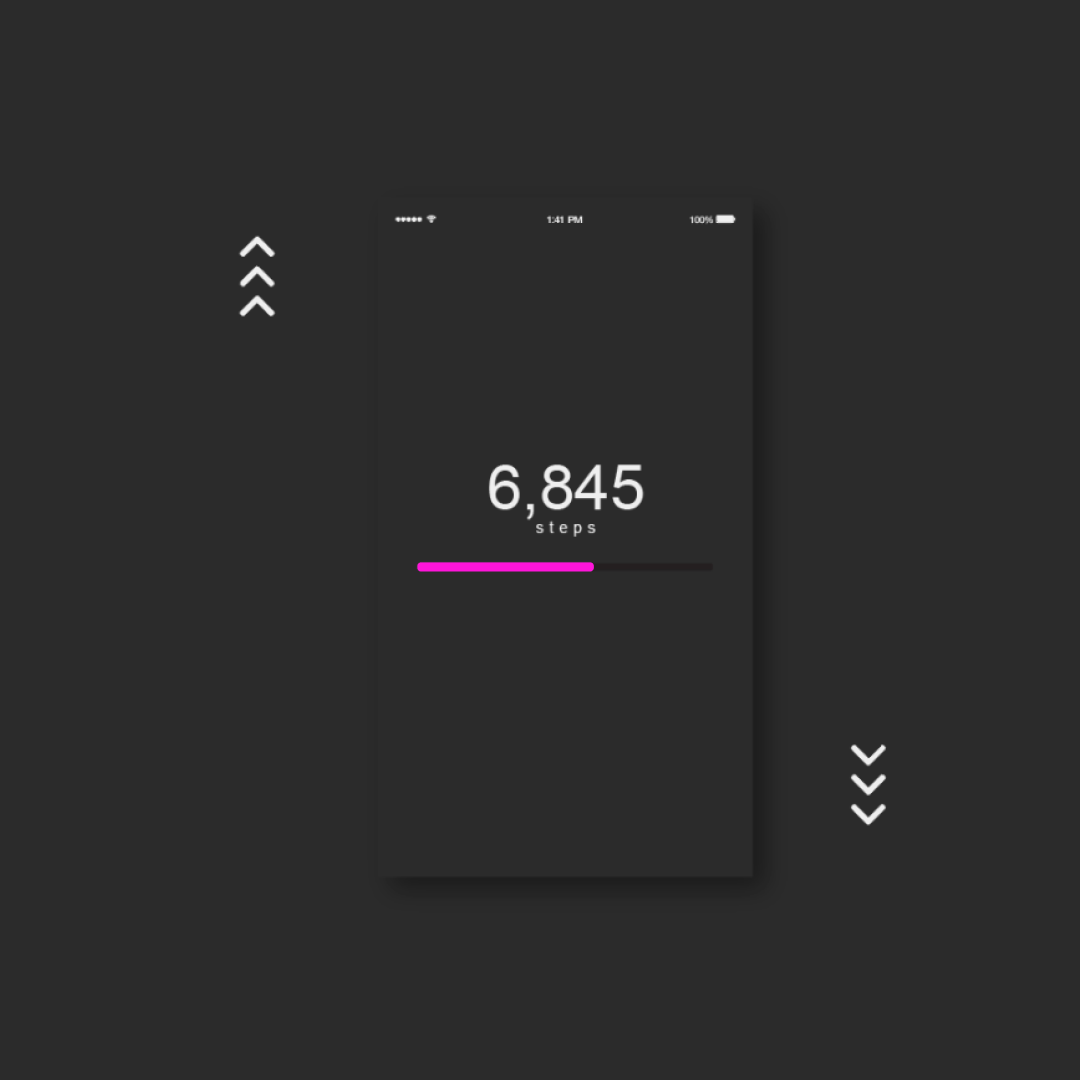
UX/UI Design
Design grounded in real user insight. We turn research into intuitive UX/UI—creating software that’s easy to use, engaging, and built around what people actually need. With wireframes and mockups, we map clear user flows that remove friction and highlight what matters most. Whether starting fresh or improving what’s already there, we design for impact.
-

Product/Industrial Design
Bringing hardware and software together seamlessly. We design physical products that work hand-in-hand with digital experiences—functional, user-friendly, and visually engaging. Guided by user insights and UX/UI, we create solutions that feel natural and deliver real impact. Whether building new devices or refining existing ones, our goal is a smooth, unified experience your users will love.
Discover how our innovation-led product development can help your organization grow. Let’s build something extraordinary—together.
-

User Research
USER RESEARCH STRATEGIST
"User research is the compass that guides product development—clarifying needs, reducing risk, and ensuring every decision is rooted in real human insight."
-

UX/UI Design
UX MANAGER
"UX/UI design isn’t just about how things look—it’s about how they work. Thoughtful design turns functionality into a seamless experience."
-

Product Design
DIRECTOR of PRODUCT DESIGN
"Product design transforms vision into experience—balancing user needs and business goals to deliver software that feels as good as it performs."
Client Testimonials
“Working with Humanity Innovation Labs was a fantastic experience. They streamlined our research operations, led insightful interviews, and delivered actionable insights that transformed our program—from producing quarterly reports to generating weekly, decision-driving findings. If you're looking to streamline your operations and drive innovation, I highly recommend HIL.”
— Intel, Developer Experience
“We engaged Humanity Innovation Labs to help define an innovation process for our large IT organization, and the results exceeded expectations. Stephanie Battista guided us through workshops and collaboration that brought structure to a previously ambiguous space. Together, we built a practical model for evaluating, documenting, and scaling PoCs and MVPs—now in active use. Her collaborative style, clear frameworks, and energized approach made a real impact. Highly recommended for teams seeking to formalize and accelerate their innovation efforts.”
— Daimler Truck, Design & Experience Strategist
“I partnered with HIL on a complex AI-integrated web and mobile software project, and their impact was immediate. Their deep expertise in user research and UX/UI design helped uncover real user needs and brought clarity to both the design and development teams. By translating insights into intuitive, functional solutions, HIL not only aligned our team but also accelerated product development. They’re an essential partner for any dev team building with emerging technologies.”
— Pacific Corp, Software Engineer
Where Complex Challenges Become Practical Solutions
Facing a complex challenge? Let’s turn it into something practical, strategic, and scalable—together.
Book Appointment
Let’s schedule a free 15-minute consultation to learn about your goals, explore ideas, and see how we can help bring your products and services to life.
Let’s Talk
15 Minutes
“Innovation isn’t just about what’s possible, it’s about what’s meaningful. We design both.”
— Stephanie Battista Hubbard, Founder ~ Head of Innovation
FAQs
-
1. What is user research, and why is it important?
It’s how we understand users’ needs, behaviors, and pain points—so we can design better products that truly work for them.2. What types of user research do you offer?
We use qualitative (interviews, testing), quantitative (surveys, analytics), or mixed methods for deeper insights.3. When should I conduct user research?
At any stage—idea discovery, during design, or post-launch—to validate, refine, and improve the user experience.4. How do you find participants?
We recruit from your user base, third-party panels, or our network—always targeting the right demographics.5. What methods do you use?
Interviews, usability tests, surveys, diary studies, card sorting, A/B testing—chosen based on your goals.6. How long does research take?
2–4 weeks for small studies, 1–3 months for in-depth or multi-method projects.7. What do I get from a research project?
Reports, user personas, journey maps, and actionable insights to guide your team.8. How does research help my business?
It reduces costly redesigns, boosts user satisfaction, increases retention, and leads to smarter product decisions.9. What tools do you use?
Qualtrics, Maze, Dovetail, Dscout, NVivo, and others—matched to your project needs.10. How do you align research with business goals?
We start with a discovery session and tailor the plan to your strategy and KPIs.11. Can it help with digital transformation?
Yes—by identifying pain points, user needs, and streamlining system redesigns.12. How is research data analyzed?
We apply thematic and statistical analysis to find patterns and create actionable insights.13. Do you do remote research?
Absolutely—via remote interviews, surveys, and usability testing across locations.14. How does it impact product design?
It ensures every design decision is informed by real user needs—not assumptions.15. What does it cost?
Costs vary by scope. We offer project or retainer pricing—let’s chat to tailor a plan.16. How do we get started?
With a free discovery session. We’ll define your needs, propose a plan, and begin.17. What industries do you serve?
Tech, healthcare, IoT, wellness, industrial, education—you name it. We adapt to your space.18. What are user personas?
They’re profiles based on real data that help teams design with empathy and focus.19. Why invest in user research?
It saves time and money, improves product-market fit, and keeps users at the center of innovation. -
1. What is UX/UI design and why does it matter?
UX (User Experience) design focuses on how users interact with a product—making it intuitive, enjoyable, and efficient. UI (User Interface) design focuses on the visual and interactive elements like buttons, icons, typography, and layout. Together, UX/UI ensures your product is both usable and beautiful—leading to better engagement, higher satisfaction, and improved conversion rates.
2. What services do you offer?
We offer full-spectrum UX/UI support, including:
User Research & Testing
Wireframing & Prototyping
UI & Visual Design
Interaction Design & Micro-interactions
Information Architecture (IA)
Usability Testing
Responsive & Mobile-First Design
We tailor our services to fit your product stage, goals, and user needs.
3. What does your UX/UI design process look like?
Our typical process includes:
Discovery & Research – Understanding your goals, audience, and challenges.
Wireframes & Prototypes – Mapping layouts, user flows, and interactivity.
Visual UI Design – Bringing wireframes to life with branded, engaging visuals.
User Testing – Validating designs with real users to ensure usability.
Refinement – Iterating based on feedback.
Development Handoff – Smooth transition to developers with full documentation and collaboration.
4. What’s the difference between wireframes, prototypes, and mockups?
Wireframes: Basic layout sketches to outline structure and flow.
Prototypes: Interactive models that simulate functionality and navigation.
Mockups: High-fidelity visuals showing final design, branding, and style.
5. How do you ensure your designs are user-centered?
We involve users early and often—through interviews, surveys, usability testing, and feedback loops. Every design decision is grounded in real user needs and behaviors to create products that work for people.
6. Do you conduct user testing?
Yes! Testing is integrated into our process. We gather feedback on prototypes to identify pain points and validate design choices before development—saving time and cost.
7. What tools do you use?
We’re tool-agnostic and select based on project needs. Common tools include:
Figma, Sketch, Adobe XD – Design and prototyping
InVision, Maze, UserTesting – Prototyping & usability testing
Zeplin, Figma – Developer handoff and collaboration
8. How long does a typical UX/UI project take?
It depends on the scope. Small projects may take 4–6 weeks; full redesigns or new product builds can take 3–6 months. We’ll outline a realistic timeline that aligns with your goals and resources.
9. What deliverables can we expect?
You’ll receive:
User Personas
Wireframes & Flows
Interactive Prototypes
High-Fidelity Mockups
Design Systems or Style Guides
Usability Testing Reports
10. Do you design for both web and mobile?
Absolutely. We design responsive experiences across all screen sizes—desktop, tablet, mobile—and for both native mobile apps (iOS & Android) and web platforms.
11. How do you collaborate with development teams?
We integrate early with your development team (or ours) to ensure a smooth handoff. We provide clear documentation, specs, and assets via tools like Figma and Zeplin—and stay involved to support accurate implementation.
12. Can you redesign my existing product?
Yes—we start with a UX audit to identify what’s working and what’s not. Then, we redesign with a focus on usability, modern design trends, and better alignment with your users' needs.
13. What’s the difference between UX and UI?
UX = Experience: How a product feels and functions from the user’s perspective.
UI = Interface: How the product looks and how users interact with it visually.
They’re different disciplines—but they work hand-in-hand.
14. Do you offer ongoing support after launch?
Yes. We provide post-launch design support, including user testing, design iteration, and scaling your product. We offer retainers or flexible ongoing packages based on your evolving needs.
15. What industries do you work with?
We’ve worked across a wide range:
Technology, Healthcare, SaaS, E-commerce, Finance, Industrial IoT, and more.
Our process adapts to different industries and product lifecycles.16. How much does UX/UI design cost?
Pricing varies by scope. We offer:
Fixed-price packages for well-defined projects
Hourly or retainer options for ongoing support
Let’s connect to discuss your goals and budget—then we’ll share a tailored proposal.
17. How do we get started?
Reach out to schedule a free discovery call. We’ll get to know your project, understand your goals, and outline a plan. From there, we’ll deliver a proposal with timeline, scope, and next steps.
18. Why choose your UX/UI design consultancy?
We blend deep user research with thoughtful design to create products that truly connect with users. Our collaborative, transparent approach ensures your team is involved at every stage—and the final result reflects your vision and your users’ needs.
-
1. What is industrial/product design, and why does it matter?
Industrial design is the process of creating and developing concepts for products that are both functional and visually appealing. It merges aesthetics, functionality, and user needs to bring physical products to life, from everyday objects to advanced technological devices. Good industrial design not only enhances the product's usability but also strengthens its marketability, improving customer satisfaction, reducing costs, and making it more desirable to consumers.
2. What services does your product/industrial design consultancy offer?
We provide a comprehensive range of product design services, including:
- Concept Development: Generating innovative ideas and product concepts.
- 3D Modeling + CAD: Creating detailed digital models for accurate visualization and engineering.
- Prototyping: Developing physical prototypes for testing form, function, and ergonomics.
- Material + Manufacturing Consultation: Advising on the best materials and manufacturing processes.
- Design for Manufacturing (DFM): Optimizing designs to ensure cost-effective and scalable production.
- User-Centered Design: Ensuring products are designed with user needs and experiences in mind.
- Product Branding + Packaging: Creating cohesive branding strategies and visually compelling packaging designs.
3. What industries do you specialize in?
We have expertise across a wide range of industries, including:
- Consumer electronics
- Healthcare and medical devices
- Home appliances and lifestyle products
- Automotive and transportation
- Industrial equipment and tools
- Wearables and connected devices (IoT)
4. What is your design process?
Our design process follows a structured yet flexible approach:
1. Research + Discovery: Understanding your market, users, and competition.
2. Concept Ideation: Generating a range of creative ideas and concepts.
3. 3D Modeling + Prototyping: Refining ideas through detailed CAD models and prototypes.
4. User Testing + Feedback: Testing products with users to gather feedback on usability and ergonomics.
5. Design Refinement: Iterating designs based on feedback to perfect form and function.
6. Production Readiness: Finalizing designs and materials for manufacturing, ensuring DFM and scalability.
5. Do you handle both design and prototyping?
Yes, we provide end-to-end services from initial concept creation to prototype development. We can create functional prototypes using a variety of techniques, including 3D printing, CNC machining, and traditional fabrication methods, ensuring your design can be fully tested before moving to production.
6. What is Design for Manufacturing (DFM)?
DFM is the process of designing products in a way that makes them easy and cost-effective to manufacture at scale. It involves considering factors like material selection, production processes, tooling requirements, and assembly methods from the very beginning to avoid costly revisions or production delays later on.
7. Can you help with sustainable product design?
Yes, we could specify sustainable, eco-friendly materials, energy-efficient production methods, and minimizing waste. We work with clients to create products that are not only sustainable but also align with growing consumer demand for environmentally responsible solutions.
8. Do you work on both physical and digital products?
Yes, that's what makes us unique—we design both digital and physical products and understand how to seamlessly integrate them (e.g., apps, interfaces, IoT connectivity). Our team collaborates closely with research, ux/ui design, product design, developers, and engineers to ensure a smooth and cohesive experience between the physical product and its digital components.
9. How do you ensure your designs are user-friendly?
We follow a user-centered design approach, involving user research, ergonomics testing, and iterative design based on feedback from real users. This ensures that the products we create not only look great but also provide a satisfying, intuitive experience for the end user.
10. What tools do you use for product design?
We use state-of-the-art design and prototyping tools, including:
- CAD Software: SolidWorks, Rhino, Fusion 360.
- Rendering: KeyShot, Blender for high-quality visualizations.
- Prototyping: 3D printing, CNC machining, laser cutting.
- Research & Collaboration: Sketching, ideation software, and collaborative design tools.
11. How long does a typical product design project take?
Project timelines vary depending on the complexity of the product and scope of the project. Concept design can take anywhere from 4-6 weeks, while full product development (including prototyping and preparing for manufacturing) may take 3-6 months or longer. We’ll work closely with you to establish a timeline that meets your needs.
12. What deliverables can we expect during the project?
Deliverables vary based on the project but typically include:
- Concept sketches and mood boards: Initial design ideas and aesthetics.
- 3D CAD models: Detailed models of the product.
- Renderings: High-quality visuals of the product in various environments.
- Prototypes: Physical models for form, function, and usability testing.
- Technical drawings: Engineering documentation for manufacturing.
- Materials and manufacturing specifications: Recommendations for materials and processes.
- Packaging and branding: Visuals and specifications for packaging and product presentation.
13. Do you collaborate with manufacturers?
Yes, we often work closely with manufacturers to ensure a smooth transition from design to production. Our goal is to ensure that the product is optimized for manufacturability, which includes selecting materials, ensuring scalability, and overseeing the initial production runs to ensure quality control.
14. Can you help redesign an existing product?
Yes, we can assess your current product and provide recommendations for improvement in areas such as ergonomics, aesthetics, user experience, materials, or cost-efficiency. We can work with you to evolve your product for better market fit, usability, or manufacturability.
15. What is the cost of a product design project?
The cost of a project depends on its complexity, materials, timeline, and specific requirements. We offer flexible pricing models—whether fixed project-based fees or retainer agreements for ongoing design work. Contact us for a detailed quote based on your needs.
16. Do you offer post-launch support?
Yes, we offer post-launch services, including refining designs based on market feedback, troubleshooting production issues, and assisting with updates or iterations of the product. We can also provide ongoing design support for new features, enhancements, or additional product versions.
17. Why should we choose your product/industrial design consultancy?
With years of expertise in bringing innovative products to life, we provide a user-centered, holistic approach to design, ensuring that every aspect—from aesthetics and usability to manufacturability and sustainability—is considered. We work collaboratively with clients, ensuring transparency, innovation, and attention to detail at every stage.
18. How do we get started?
Simply reach out to us to schedule a consultation. We’ll discuss your project goals, requirements, and timelines, and from there, we’ll provide a tailored proposal with detailed deliverables, timelines, and costs. Once we align on the details, we’ll begin the design process and keep you informed every step of the way.
Our blog explores how emerging technologies and human-centered design are shaping everyday lives. We share insights from the field, lessons learned from solving real-world challenges, and practical tips to help your team overcome obstacles and create meaningful impact for your customers.
Our Blog
















